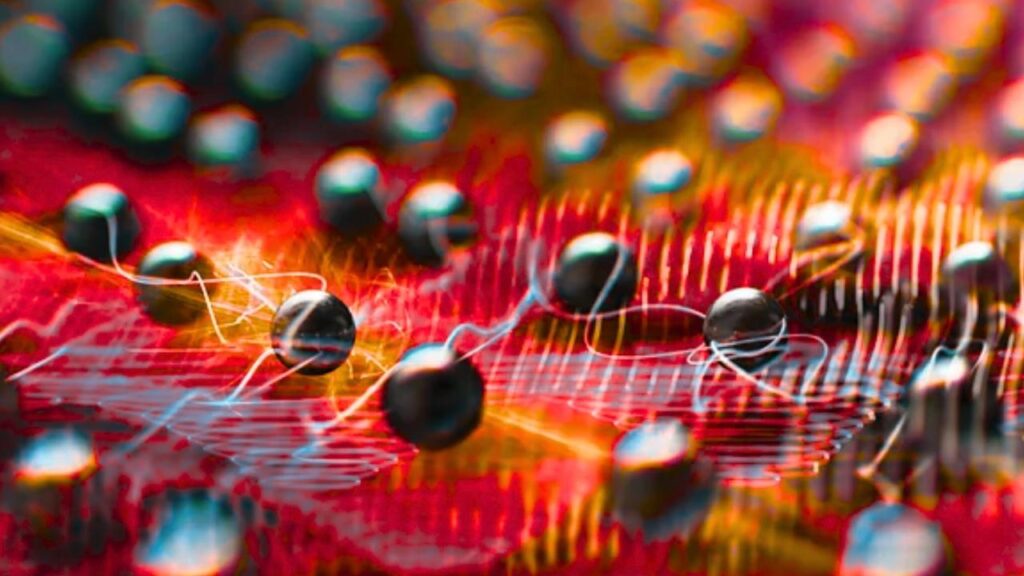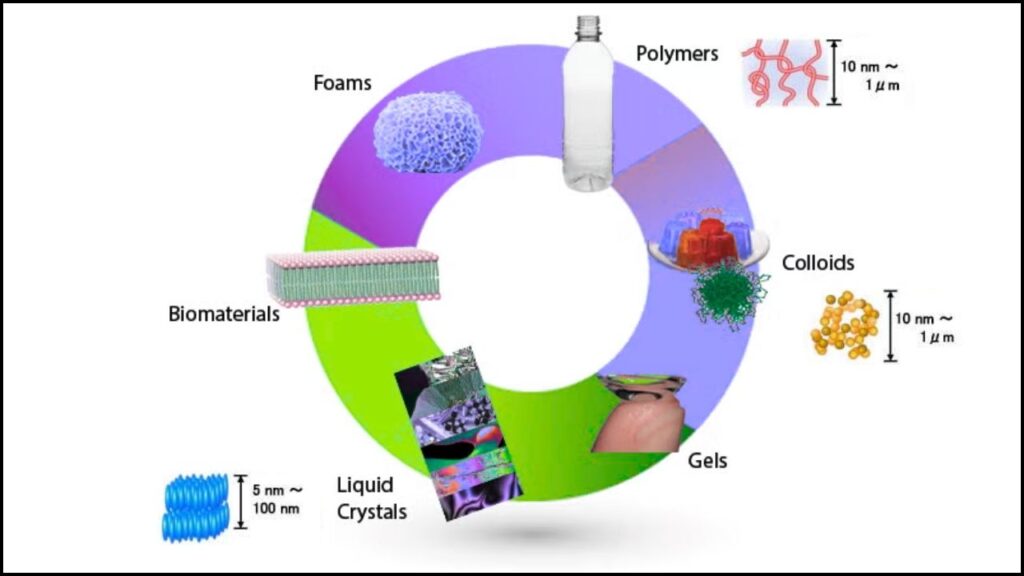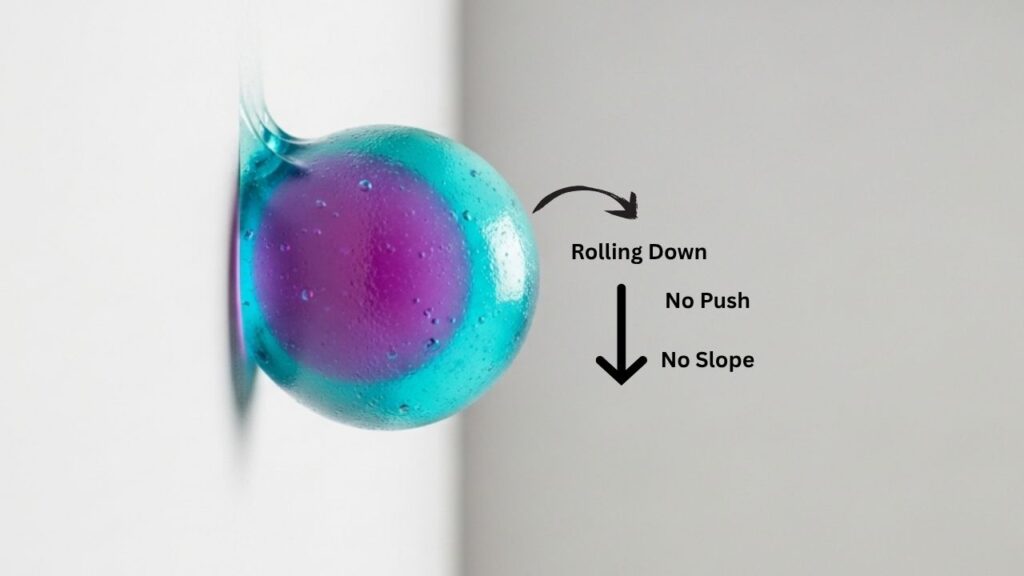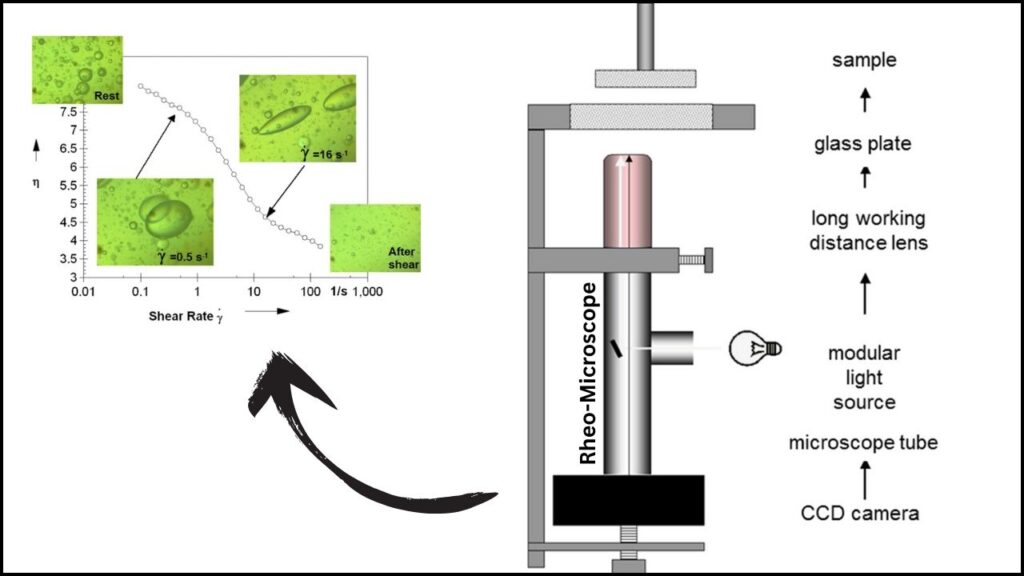Breakthrough Discovery Reveals Surprising New Behaviors in Soft Materials—this headline is making waves not just in scientific circles, but also in industries ranging from healthcare to robotics, and even in everyday life. In 2025, a series of groundbreaking experiments and technological advances have revealed that soft materials—those squishy, bendable, often overlooked substances—can behave in astonishing ways that challenge what we thought we knew about the physical world.

Whether you’re a curious student, an educator, a parent, or a professional in science or engineering, these discoveries offer both fascinating insights and practical opportunities. This article will walk you through what soft materials are, the latest discoveries, why they matter, and how you can benefit from this new knowledge.
New Behaviors in Soft Materials
| Topic/Keyword | Summary/Stat | Example/Application |
|---|---|---|
| Soft Materials | Easily bent, compressed, or indented | Toothpaste, lotions, medical devices |
| Spontaneous Rolling Discovery | Soft sphere rolls down vertical wall | Robotics, micro-rovers, medical tech |
| Direct Mapping of Internal Behavior | Rheo-microscopy tracks microstructure | Improved manufacturing, quality control |
| Sustainable Soft Electronics | Peptide-based, energy-efficient materials | Wearables, memory chips, smart fabrics |
| Aerogels and Smart Materials | Ultra-light, robust, multi-use | Insulation, drug delivery, batteries |
The breakthrough discovery revealing surprising new behaviors in soft materials is more than just a scientific curiosity—it’s a gateway to a smarter, safer, and more sustainable future. Whether you’re a student, a teacher, or a professional, understanding these materials can help you make sense of the world around you and prepare for the innovations of tomorrow. As research continues, expect to see even more amazing applications of soft materials in healthcare, technology, construction, and beyond.
What Are Soft Materials?
Soft materials are substances that can be easily bent, squeezed, stretched, or shaped with little force. Unlike hard materials like metals or ceramics, soft materials can deform significantly without breaking. You encounter them every day, often without realizing it. Examples include:

- The gel in your ice pack
- The foam in your mattress
- The slime or putty used in school science projects
- Toothpaste, lotions, and many foods like yogurt and cheese
But soft materials aren’t just for comfort or play. They are essential in industries such as:
- Healthcare: Soft materials are used in wound dressings, artificial tissues, soft contact lenses, and flexible medical devices.
- Food: Many processed and natural foods are soft materials, with their texture and behavior carefully engineered.
- Technology: Soft materials are found in batteries, sensors, flexible screens, and even in the next generation of wearable electronics.
What sets soft materials apart is their ability to change shape and adapt to their environment, making them ideal for applications where flexibility, comfort, or gentle contact is essential.
The Breakthrough: Rolling Without a Push

Imagine placing a soft, jelly-like ball against a perfectly vertical wall. Most people would expect it to either stick or slide straight down. But in a recent experiment, scientists observed something astonishing: the ball rolled down the wall on its own—with no push, no slope, and no outside help.
How Did This Happen?
- The experiment used a tiny polyacrylamide (PAAm) sphere, about 1mm in radius, and a wall coated with a stiffer silicone rubber (PDMS).
- The sphere was soft enough (about 170 kPa stiffness), and the wall was much stiffer (over 2,000 kPa).
- When placed on the wall, the ball didn’t just stick or fall—it rolled slowly downward at around 0.5mm per second.
This motion was not like a normal wheel rolling on the ground. Instead, the contact between the ball and the wall kept changing shape, creating a tiny internal “engine” that powered the rolling. The front edge of the ball acted like a closing crack, while the back edge opened up, creating a cycle of sticking and peeling that generated enough friction and torque to keep the ball moving.
Why Is This Important?
This surprising behavior challenges traditional physics and our assumptions about how materials interact. It demonstrates that softness alone can drive motion, even in places where rolling shouldn’t be possible. The implications are far-reaching:
- Soft robots that can climb walls or move through tight spaces without motors
- Medical devices that can move gently inside the human body, reducing the risk of injury
- Miniature rovers for exploring hazardous or hard-to-reach environments
- New ways to control motion in tiny machines, using only material properties instead of complex electronics or mechanics
Seeing Inside Soft Materials: New Imaging Techniques
Understanding how soft materials behave internally is a major challenge. Their flexible, often transparent structure makes it difficult to observe what’s happening inside. However, a new technique called rheo-microscopy is changing that.
What Is Rheo-Microscopy?

Rheo-microscopy combines traditional microscopy with rheology (the study of how materials flow and deform). By observing soft materials under a microscope while they are being stretched, compressed, or twisted, scientists can see how their internal structure changes in real time.
What Did Researchers Find?
- Using rheo-microscopy, scientists mapped internal changes in liquid crystals and other soft materials as they were deformed.
- They discovered that solid-like and liquid-like behaviors can happen at the same time within a single material. For example, one part of a gel might flow like a liquid, while another part remains solid.
- Traditional tests often miss these subtle changes, but rheo-microscopy makes them visible, helping researchers design better materials for manufacturing and processing.
Practical Impact
- Manufacturers can use these insights to create higher-quality products, from smoother lotions to more reliable 3D-printed parts.
- Engineers can design materials that behave exactly as needed, improving everything from car tires to wearable sensors.
- Researchers can now directly observe how additives or changes in composition affect the performance of soft materials, speeding up innovation and reducing trial and error.
Sustainable Soft Materials: The Future of Electronics
What if your clothing could store energy, or your bandage could monitor your health? Thanks to recent advances, this is becoming possible.
The Innovation
- Scientists have combined peptides (tiny protein fragments) with parts of plastic molecules to create soft, flexible ribbons that can store energy—similar to a battery.
- These materials are biocompatible (safe for the body), sustainable, and can be charged and discharged using very little energy.
- They can be woven into fabrics, attached to the skin as medical sensors, or used to make ultra-light, eco-friendly electronics.
Real-World Applications

- Smart fabrics that track your health, monitor temperature, or change color in response to the environment
- Medical implants that dissolve safely after use, reducing the need for surgery
- Memory chips that are both flexible and energy-efficient, paving the way for wearable devices that are comfortable and unobtrusive
Aerogels and Smart Materials: Expanding the Possibilities
Aerogels are some of the lightest materials on Earth—so light they’re nicknamed “frozen smoke.” Recent advances have made aerogels stronger, more flexible, and more versatile than ever.
New Uses for Aerogels
- Insulation: Aerogels are used to keep buildings warm or cool with almost no added weight, offering superior performance compared to traditional insulation materials.
- Energy storage: They’re used in batteries and supercapacitors for electric vehicles and renewable energy systems, thanks to their high surface area and low weight.
- Biomedical engineering: Aerogels can deliver medicine directly to wounds or act as scaffolds for growing new tissues, supporting faster healing and tissue regeneration.
- Cosmetics: Some sunscreens now use aerogels to provide better UV protection without leaving a white residue, improving both effectiveness and comfort.
Smart Materials in Construction
- Self-healing concrete: Certain types of concrete now contain bacteria that “wake up” when cracks appear, producing minerals that seal the cracks automatically. This extends the lifespan of buildings and reduces maintenance costs.
- Thermochromic windows: These windows change transparency based on temperature, helping to save energy and improve comfort in homes and offices.
Step-by-Step Guide: How Soft Material Breakthroughs Can Help You
For Students and Young Learners
- Explore with everyday items: Play with slime, putty, or gel balls to see how soft materials behave. Notice how they stretch, bounce, or flow.
- Ask questions: Why does slime stretch? Why does a sponge bounce back? These questions are at the heart of materials science.
- Try simple experiments: Make your own slime or test how different gels react to being squeezed or pulled. Observe how temperature or pressure changes their behavior.
For Teachers and Parents
- Use soft materials in lessons: Demonstrate how different materials respond to force and encourage students to make predictions.
- Connect to real-world problems: Discuss how soft materials are used in medicine, technology, and the environment, making science relevant and engaging.
- Encourage curiosity: Let kids design their own experiments with safe, household materials, fostering creativity and critical thinking.
For Professionals and Career Seekers
- Stay updated: Regularly follow reputable sources for the latest research on soft materials, such as the official Nature Soft Materials page.
- Upskill: Learn about new imaging techniques, sustainable material design, and smart manufacturing. Attend workshops or online courses to stay ahead in your field.
- Network: Attend webinars, conferences, and professional meetups focused on material science trends to connect with experts and innovators.
- Apply new knowledge: Look for ways to incorporate soft material breakthroughs into your work, whether in product design, manufacturing, healthcare, or research.
Johnson & Johnson Reveals Smart Contact Lenses That Push Optical and Material Science Limits
New Quantum State Discovery Set to Revolutionize Material Science Worldwide
FAQs About New Behaviors in Soft Materials
Q: What are soft materials?
A: Soft materials are substances that can be easily bent, compressed, or stretched. Examples include gels, foams, and some plastics.
Q: Why is the rolling sphere discovery important?
A: It shows that softness alone can cause motion in ways we didn’t expect, opening up new possibilities for robotics, medicine, and more.
Q: How do these breakthroughs affect everyday life?
A: They lead to better products—stronger yet lighter materials, smarter medical devices, and more efficient electronics.
Q: Are soft materials safe for the environment?
A: Many new soft materials are designed to be sustainable and biodegradable, reducing environmental impact.






